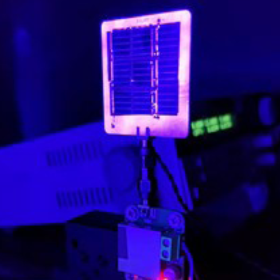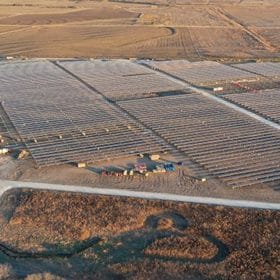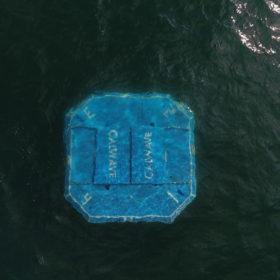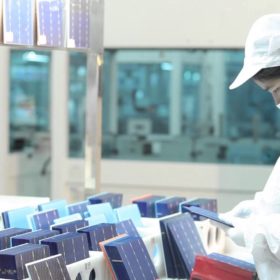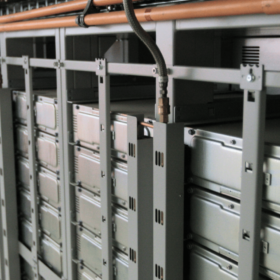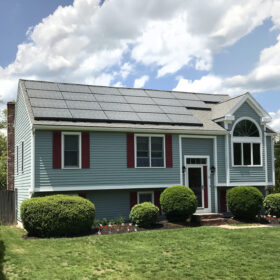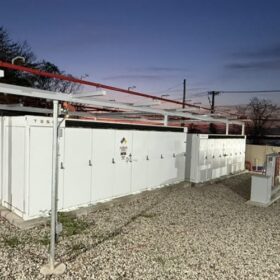Community solar project in Virginia launches 25% renewable energy option for a small premium
Harrisonburg Electric Commission will purchase power from the Acorn Solar project through a PPA with Dominion Energy.
Solar cells used for high-speed underwater wireless data transmission
Breaking research reveals solar cells can be used as lens-free, high-speed optical detectors in underwater environments. The research team said the devices may offer a lower-cost alternative to lensed devices.
RFP Alert: Duke requests 1.1GW of new renewables in Indiana
Duke is planning to construct or acquire up to 1.1GW of renewable energy generation, as well as up to 1.3GW of non-intermittent generation, like natural gas combustion turbines, combined-cycle units and stand-alone battery storage.
LA could soon be home to the nation’s largest green hydrogen infrastructure system
Southern California Gas Company is submitting an application to build a 10 to 20GW electrolyzer and 25 to 35GW of new and curtailed wind and solar, along with 2GW of energy storage, to deliver green hydrogen to the Los Angeles Basin.
Sunrise brief: Crossing EV barriers with microgrids and managed charging
Also on the rise: Fire alarms shut down Moss Landing Energy Storage facility. SolarEdge reports record revenue. Mosaic custs costs of solar loans. Policies are working in Illinois, where solar is surging. Wave energy isn’t expected to rival solar or wind power, but NREL sees use cases for the technology. Canada-US-Mexico panel says Section 201 tariffs violate agreement.
Mosaic lowers pricing on its suite of solar loan products
The company reports that since 2012 it has provided loans for more than 200,000 households to help them make sustainable home improvements.
Crossing EV barriers with microgrids and managed charging
As EV adoption booms, deploying charging infrastructure that can support electric fleets remains a considerable barrier, so SEPA has developed a report outlining how fleet microgrids and managed charging can streamline deployment of charging infrastructure, while lowering energy costs, reducing carbon emissions, and improving the charging experience.
NREL continues to explore marine wave energy
While there are mechanical and cost issues that currently block widespread adoption of wave energy, the National Renewable Energy Laboratory is exploring new ways to harness the power of the ocean’s waves.
International panel determines US must end Canada solar tariffs
The Canada-United States-Mexico Agreement (CUSMA) panel said the Section 201 tariffs violated the international agreement.
The world’s largest lithium ion battery is down, again
The Moss Landing Energy Storage Facility Phase II set off fire alarms that activated a fault water suppression system, which – again – set off a cascading set of events that resulted in roughly ten battery packs melting down.

